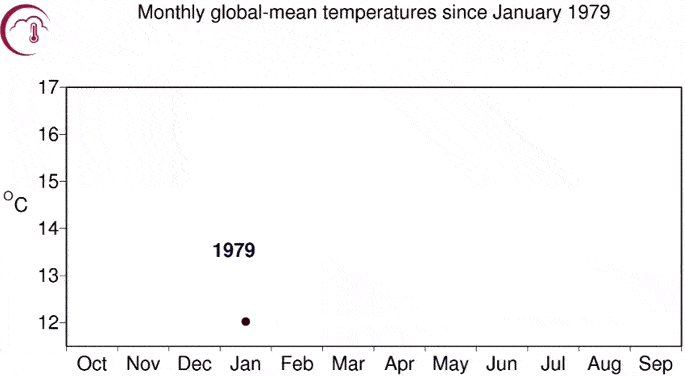The first comprehensive assessment of where the Earth’s excess heat is accumulating has been released by the Global Climate Observing System.
The Earth Energy Imbalance (EEI), the difference between the amount of energy from the sun arriving at the Earth and the amount returning to space, serves as a fundamental metric to allow the scientific community and the public to assess how well the world responds to the task of bringing climate change under control.

It indicates that the Earth Energy Imbalance continues to grow unabated and has doubled in the past decade (2010–2018) compared against the 1971–2018 mean value.
Only approximately 1% of this heat resides in the atmosphere. The vast majority of excess heat (89%) is absorbed by the ocean.
New assessments of borehole measurements show that the land heating is 6%. About 4% of excess heat causes loss (melting) of both land ice and floating ice.

Direct impacts of this heating, driven by heat-trapping anthropogenic carbon dioxide in the atmosphere, include sea-level rise, ice loss, and warming of the ocean, land and atmosphere.
This study calculates that the amount of CO2 in the atmosphere must be reduced from the present concentration of nearly 410 ppm to approximately 350 ppm to bring the Earth back towards energy balance.
Reference- Journal Earth System Science Data, Clean Technica, Science Alert






